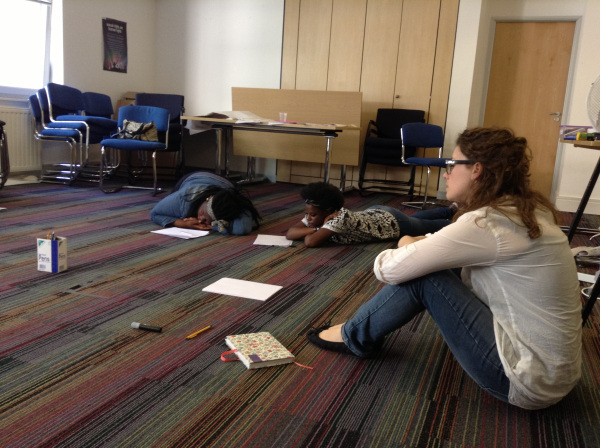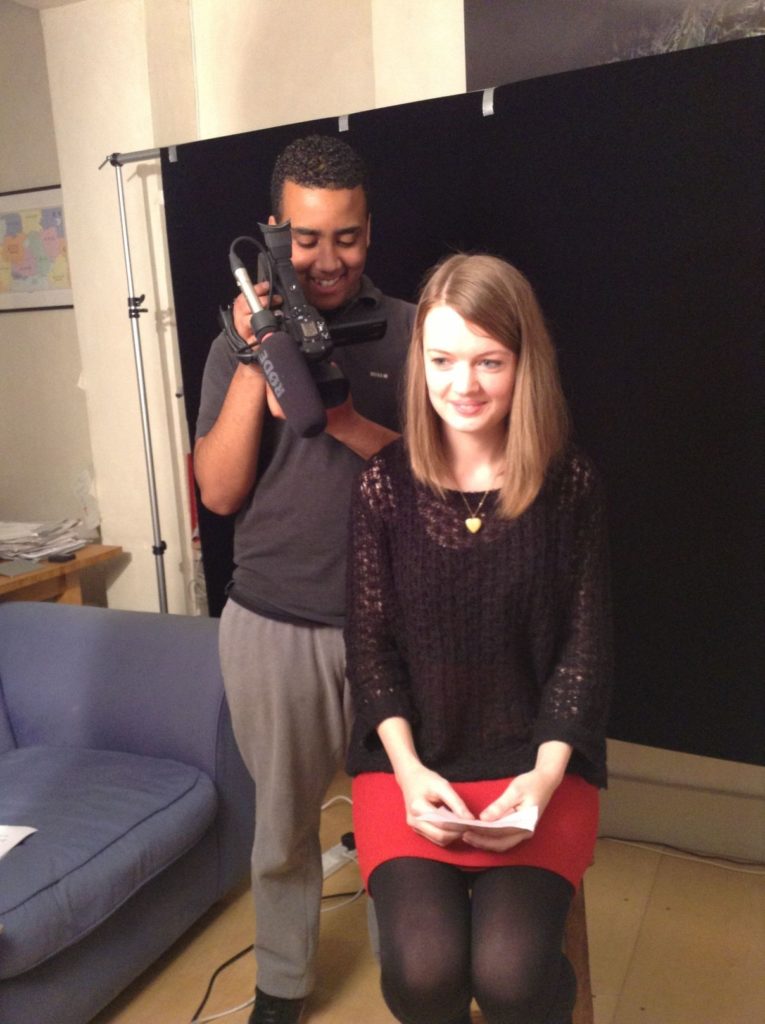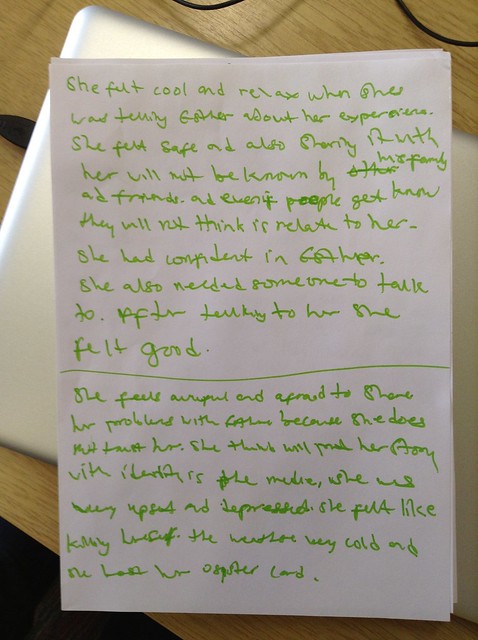By Ester McGeeney
Our new project will return to an academic data set back to the community from which it was once abstracted. Our data is a set of 150 in-depth interviews with young women living in and around Manchester in 1989-1990. These were collected as part of the Women Risk and Aids project and formed part of a landmark study that changed the way that researchers and youth workers were able to talk about young people and gender, sexual risk, sexual pleasure and sexual agency.
Our plan is to work with new generations of young women and practitioners currently living and working in Manchester to reanimate this data. This will involve re-using the data and opening it up for collective reanalysis to create new stories and new understandings of the changes in the experience and portrayal of teenage sexualities over a thirty year period.

In 2013 I worked with Rachel Thomson and the young people’s sexual health organisation Brook on the ESRC funded ‘good sex’ project. This project involved reanimating data from my PhD (a mixed methods study of young people’s understanding and experiences of ‘good sex’ and sexual pleasure) to create a series of short films that could be used by education practitioners and hosted online by Brook.
At the start of this project I had no idea what it meant to ‘reanimate’ data so we worked in an experimental mode, inviting young people and artists to join us in developing methods for working with data in open, participatory and creative ways. First we worked with theatre director and writer Lucy Kerbel who shared with as a series of techniques for visualising data and creating written responses. ‘Get comfortable and close your eyes’, Lucy told us, before reading out a short extract from an interview with a young woman talking about her tugging sexual desire.

‘Look out through the eyes of the person who is talking…What’s above you? Look down at your feet. Look to one side and then to the other. What is the air like? Are you inside? Is it warm? Cool? What’s the quality of the air like?
Look around and spot one object. An object that appeals to that person. Move towards it, touch it, can you pick it up? Does it make any noise? How does the young person talking feel about that object? That place? Is the young person in a familiar place? Choose one word to describe that space. What would it be?’
The young people imagined the interview participant in Nandos, on a bus, at a house party, on a desert island and in her bedroom. She feels trapped, confused, despair. Time is moving slowly. There’s an iPhone, a hoody, a tin-box, windscreen wipers and a clock. Next Lucy asked the group to write non-stop for one minute expressing themselves as if they were the interview participant speaking to someone she felt comfortable with and then again to someone she did not feel comfortable with. The imagined scenes and scripts created a series of responses to the data, reanimating it whilst also creating new stories and scenes.
Watching Lucy work with the group I was struck by the ease with which young people engaged with the data and were able to imagine themselves to be a young woman with a set of desires perhaps very different from their own and to relate her experiences (as a young, black, muslim woman who wants to wait until she is at least 20 to have sex with a man) to the everyday objects and practices of their lives. The space Lucy created was the space that theorists argue for in the literature about sex education – a safe space in which young people are able to listen to and engage with sexual stories and desires of others, to imagine sexuality otherwise and to talk about and respond to stories about sexuality in ways that did not leave them vulnerable or exposed. A space that prioritised creativity, possibility and emotion – working beyond the didactic and judgmental modes so often mobilised in sex education. Here knowledge was not a thing made to be passed to young people but a thing in the making in which young people were active participants.

Our next attempt at reanimating data was led by the group of young people I worked with and facilitated by documentary film-maker Susi Arnott. The young people in the group found the stories captured in the interview data compelling.
They found stories that they had never heard before – stories of attempted first sex where the penis just wouldn’t go ‘in’ to the vagina for want of trying – but that perfectly mirrored their own and their friends experiences. They found others that they couldn’t believe someone had told me – stories of vulnerable masculinity and sexual failure and stories that they wanted every young person across the country to hear – stories of female pleasure and sex getting better over time. They wanted these stories to be heard by other young people in a simple format; a short film showing one young person speaking directly to camera, telling the story as if it were their own. So we experimented with asking young actors and peer educators to re-perform the stories captured in the data, speaking directly to camera as if in Youtube confessional mode. We also asked our actors to step out of role and comment on the story that had re-performed. Our films became movement of re-analysis. In their performances young people interpreted and gave meaning to the data and in stepping out of role they engaged in more straight forward analytic commentary – working out meaning, giving judgement, relating, commenting and empathising. We created new sexual stories in these films that simultaneously reanimated those found and recreated from the interview data.
In our new project I’ll work with Ali Ronan and local youth workers and artists to engage new groups of young people in reanimating and re-analysing the WRAP data, using methods that generate new sexual stories and commentary on what has changed for young people over the past thirty years. I imagine that performance will be a key strategy, but if my previous experiments have taught me anything it is that this work is unpredictable and that young people are capable of leading and developing their own methods that may be quite different to what I had previously imagined.

